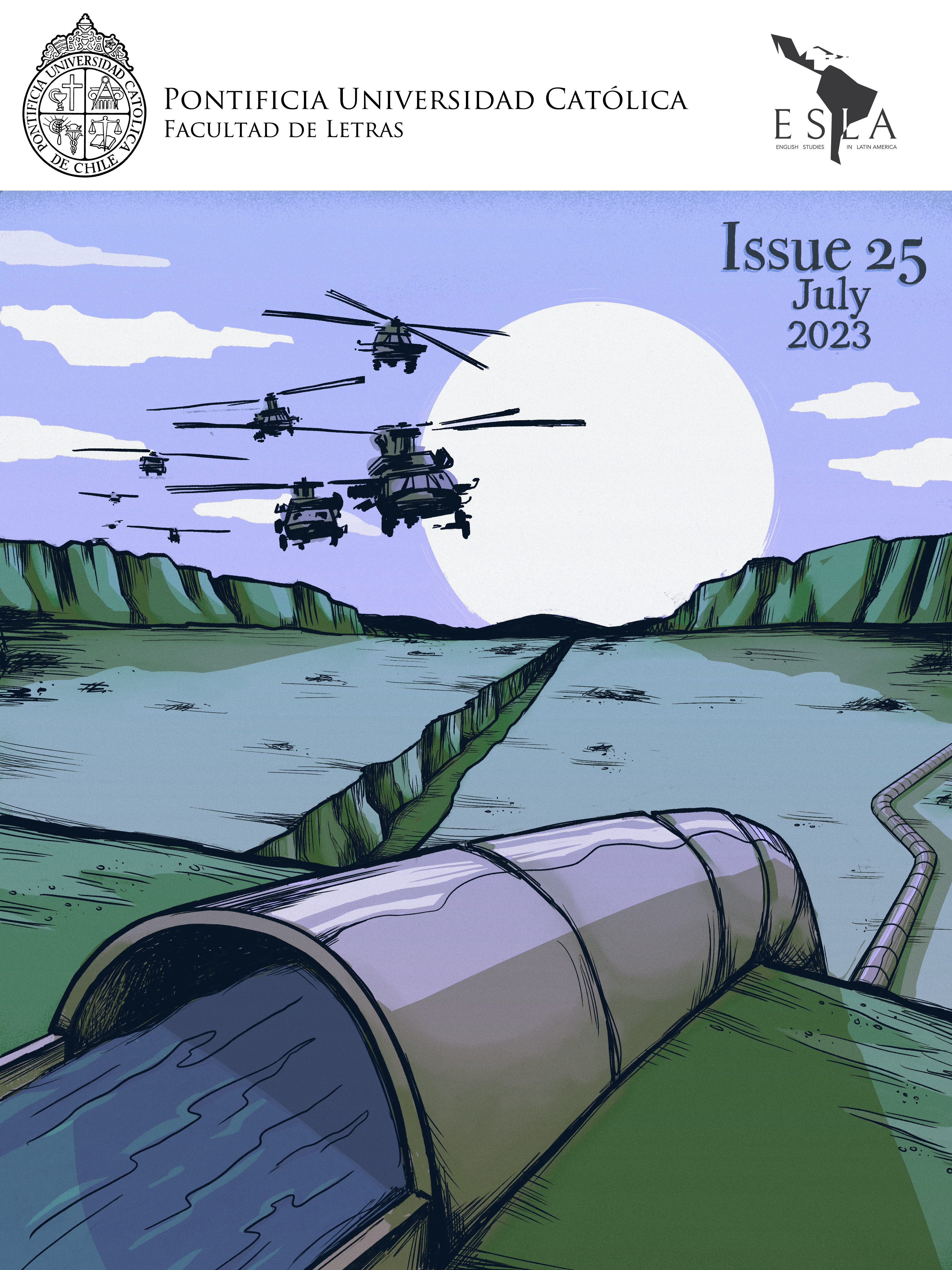Imaginaries of the Anthropocene and “The Tamarisk Hunter” by Paolo Bacigalupi as Narrative in the New Ecological Era- María José Buteler
DOI:
https://doi.org/10.7764/ESLA.65963Keywords:
Anthropocene, environmental crisis, climate fiction, ecocriticismAbstract
The environmental crisis, which we are facing nowadays, is the result of the action of human beings on the planet. The loss of biodiversity, the melting of ice and glaciers, the rising sea levels worldwide, floods, droughts, and forest fires are just some of the consequences of the human action and its impact on the environment. Faced with anthropogenic global warming and its consequences on the planet, writers take on the challenge of narrating the possible consequences of humankind’s action in order to raise awareness in the readers through their productions. The aim of this work is to analyze the story “The Tamarisk Hunter” by Paolo Bacigalupi as an aesthetic representation of the environmental crisis that attempts at raising awareness in the reader about a possible future if humanity does not assume its responsibility for the environmental crisis it faces. The questions raised in this paper are: How does this text contribute to the perception of the environmental crisis? What dialogue is established between the new geological era of the Anthropocene and the cli-fi? What kind of imaginary is presented in “The Tamarisk Hunter”? How does this fictional narrative contribute to understand the role of human beings as agents of change? The text will be approached from the paradigm of ecocriticism and climate fiction, in particular, as a new way of narrating in the Anthropocene.
Downloads
Downloads
Published
How to Cite
Issue
Section
License

This work is licensed under a Creative Commons Attribution-NonCommercial-NoDerivatives 4.0 International License.


